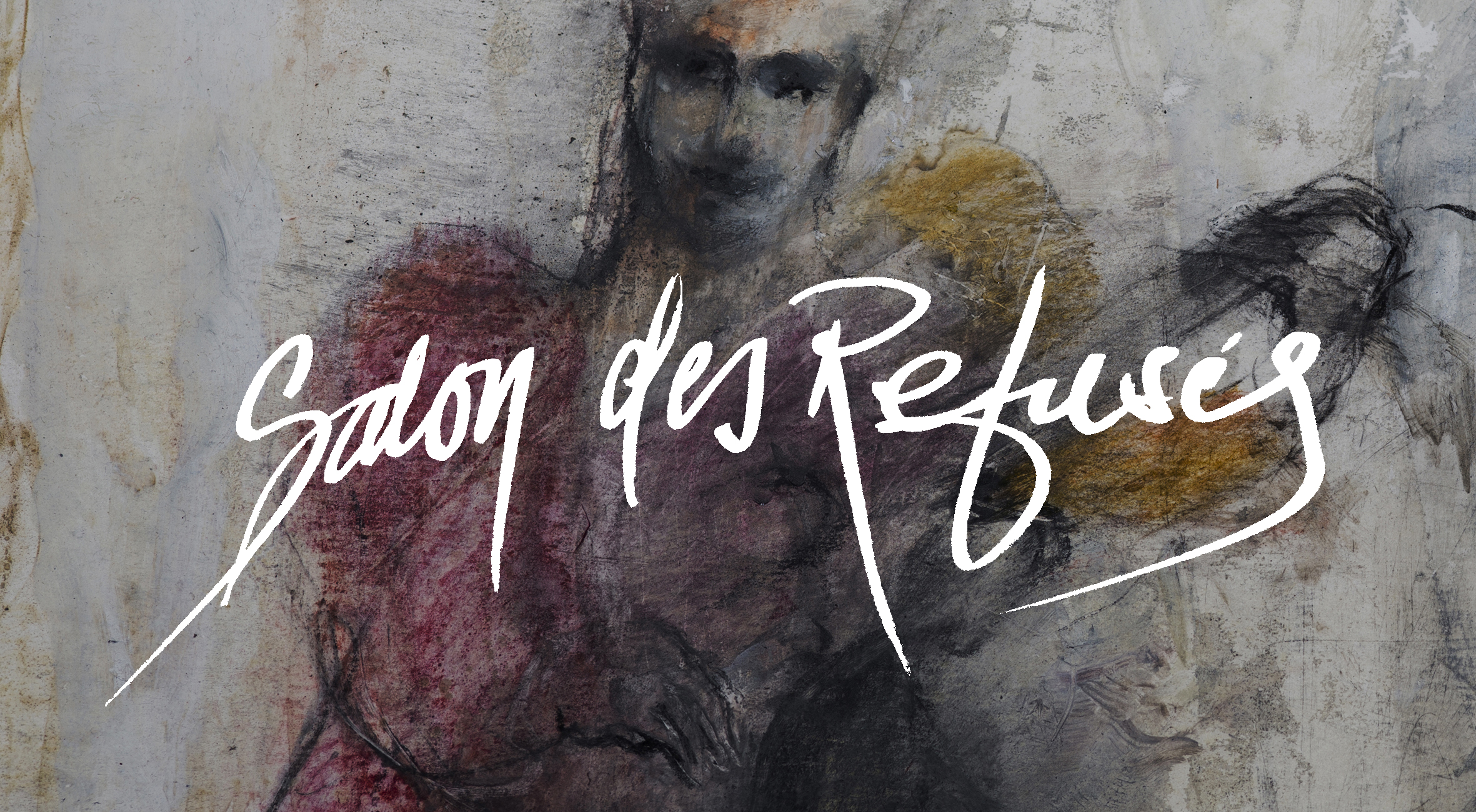How much music can I get from a 4-string acoustic bass tuned EADG?
That is the question and this website is not the answer.
It is merely a presentation of my journey towards an answer.
The name SlowBass is inspired from an art exhibit I visited during the summer of 2012.
The exhibit, called SlowArt, is a collection of handicrafts that have been produced in a way that emphasizes the working process, for instance a necklace made off eggshells, an iron bowl that have been hammered on for 75 hours and so on. The tag line for this exhibit is “Nobody sees how fast it goes but everybody sees how well it is done” and this is a line that I bring with me in this project. Behind the easiest sound lies an enormous amount of work in order to make it sound effortless. It’s about embracing the fact that fingers, music and mind needs time to grow and enjoying the process rather than rushing it!
The concept Slowbass is an idea that has been growing in my mind for a long time. It all started with the rather immature question; “Why are so many good bass players playing such boring music?”. Being a fan of the genre know as fusion in my early teens I listened a lot to very advanced bass playing and took an interest in developing techniques like slapping and tapping. For some time these were the tools I used as soon it was time for me to play a solo and I knew that the audience would enjoy my solo regardless of the actual musical content. But then I got bored with it. This and opening my ears to new music (such as Indian classical, Arabic music, Flamenco and modern composers like Steve Reich) soon changed my mind set to something more constructive and the question changed to “How can I explore my instrument and try and use what it gives me to create my music?”.
Beginning
As a part of my early process I decided to do a list of the instrumental characteristics I enjoy and also things that I miss in my instrument or find difficult to do. A pros and cons list if you will. Here it is:
+ The tonal quality of the bass is deep and I would call it naturally serious. When the bass speaks it reminds me of a grandfather speaking up in a way that makes everybody listen.
+ There is a softness which makes it easy to listen to. When a bass plays slow it’s almost soothing, in a way that a bagpipe only could dream off!
+ It’s versatile since the instrument itself isn’t limited to playing harmony, melody or rhythm.
+ You can do a lot with less. Melodies and chords can be kept simple and still sound rich and beautiful.
– The sustain is not so good and it can be quite difficult to have notes ringing, except for the open strings. My choice of strings has a negative effect on this as well.
– The instruments tonal range is limited to about 3 octaves.
– The options on how you can accompany yourself are few. Two handed tapping is something some bass players use for this reason but I don’t think it works well with the acoustic bass.
– The last thing on my list, and this is probably the big one, is the idea that bass is supposed to sound a certain way. Even I have had my preconceptions (and maybe still have) on how it should sound and when I talk to people who don’t play any instrument they have a hard time understanding what I’m trying to do or even how a bass can be played by itself.
Creating framework
The next step was that I decided to create some rules otherwise the size of this project would have gotten out of control.
* No effect pedals allowed. I have enjoyed playing with loopers, delays, distortion and all kinds of things in the past, and still do, but pedals can steal much attention from the music and it’s easy to cover up bad musicianship because you have a cool setup… For a while.
* No plectrums, clubs or other devices used to hit the string. All sounds should come from my hands.
* No special tunings or capo. Everything should be played with the standard EADG-tuning although detuning as an effect is allowed.
* Finding musical material to play on the bass which isn’t playing songs but rather various ways to improvise, working with sounds and different musical structures that allow me to have more freedom when performing.
When I started to work on this project I wasn’t thinking to do a presentation of solo bass but after a while it felt right. Playing solo is a great challenge and since I’m interested in showing instrumental details playing with other musicians might have covered those details. Ultimately it is about making music so everything that can be found on this website is something that I use when I believe it adds something musically, regardless if I’m playing solo, duo, trio or big band.
